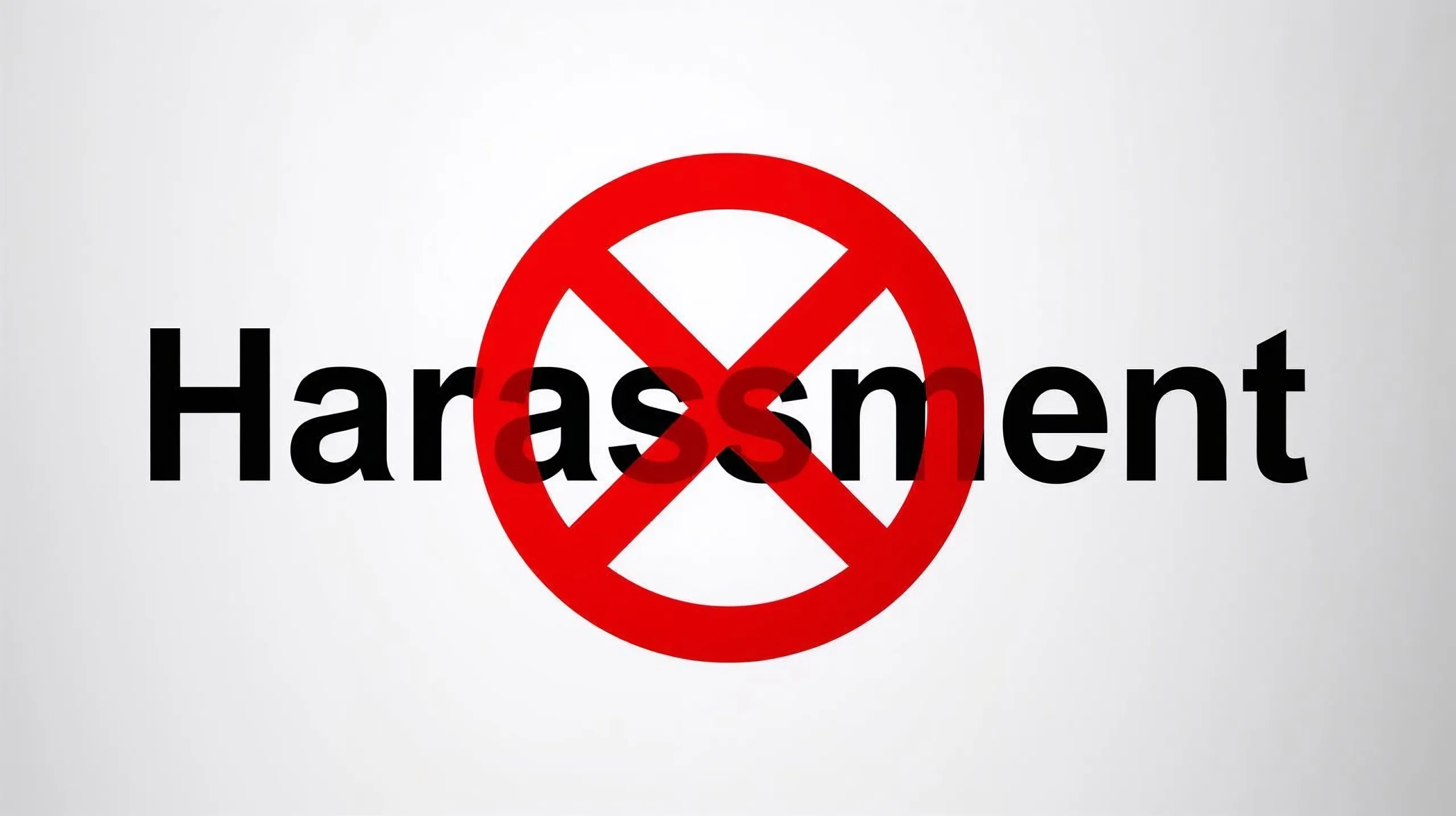The Power of Prevention: Why Every Manager Must Prioritize Harassment and Discrimination Training
At the core of our commitment to fostering a respectful and inclusive workplace, we provide preventing harassment and discrimination training tailored explicitly for managers. We understand that harassment and discrimination are issues no organization can overlook. In today’s dynamic work environment, ensuring employees feel safe and valued is essential for building a positive culture. Harassment and discrimination can have a far-reaching impact, affecting not just individual employees but the entire organization.
By prioritizing harassment and discrimination training, we empower managers with the knowledge and skills needed to create an environment where every employee feels respected and heard. This training equips us to handle situations effectively, preventing issues before they escalate and ensuring a workplace where everyone can thrive.
In this blog, we will explore why it’s crucial for managers to make training a priority and how it directly contributes to a healthier and more productive workplace.
Understanding the Importance of Prevention
Much importance can be attached to ensuring an absence of any harassment and making sure discrimination has a place. According to different agencies reported each year, as many as almost one-quarter or over of the workers have filed some claims arising from harassment, implying many visible claims are, in fact, merely the tip of an iceberg while many incidents did not come into existence by claiming. This points to the manager’s existing need for prevention because he must strive to find visible harassment and react to it in a timely manner before it generates harm.
A safer environment that fosters a place for all people is promoted when there is proactive consideration of harassment and discrimination issues. If these problems are overlooked they can cause adverse outcomes, such as loss of productivity, denormalization of employee relationships, and, in particular, potential legal consequences. This is where the emphasis needs to be on trying to avoid problems before they start rather than trying to clean up afterward.
What Does Effective Training Look Like?
Practical training will help managers acquire the necessary skills and knowledge to identify, address, and prevent harassment for managers and in the workplace. Training should include several key areas to ensure managers understand their responsibilities and how to support their teams effectively:
Identifying Harassing Behaviors: A very important element of any training is being able to help the managers identify the many different forms harassment can take in the workplace. Whether overt or subtle, early recognition is essential for taking appropriate action.
Putting Preventive Measures in Place: A culture of respect and inclusion begins with setting expectations. Managers will learn how to proactively communicate appropriate workplace behavior and create an environment where discrimination and harassment will not be tolerated.
Building a Culture of Respect: Prevention goes beyond compliance to a sea of continued creation of a culture where the treatment of everyone with dignity and respect is a natural expectation. Managers should lead the way and emphasize respect in all interactions.
Manager’s Role in Creating a Safe Workplace
Managers are at the core of creating the culture for any organization. They are the ones who set the expectations for what behavior is acceptable and not acceptable and are responsible for ensuring those standards are met or exceeded. By training managers on how to recognize, address, and prevent harassment and discrimination, they are equipped to indeed lead their teams and help foster a safe and respectful environment where all individuals feel valued.
A manager who has received adequate training is more likely to handle sensitive situations with professionalism and integrity. Second, well-trained managers will proactively develop an environment where employees are comfortable bringing up concerns before the concerns become major issues. This is one of the ways of creating a workplace that is full of engaged, satisfied, and motivated employees.
Consequences of Not Prioritizing Training
Failing to prioritize harassment and discrimination training has its own set of serious consequences. Without training, managers may be allowing destructive behaviors to continue, which could cause long-term harm to the organization.
Lack of training will also contribute to a toxic environment in which employees are unsafe or unsupportive. This can occur through higher turnover, decreased productivity, and problems with attracting quality talent. In extreme circumstances, it could damage the company’s reputation, making it hard to regain trust from within the group or from your clients.
Conclusion
Preventing harassment and discrimination is not a one-time initiative but an ongoing commitment to maintaining a respectful and inclusive work environment. For managers, prioritizing training is a crucial first step toward fostering such an environment. By recognizing the importance of prevention and equipping themselves with the necessary skills and knowledge, managers can lead their teams with confidence, address concerns promptly, and create a positive workplace culture.
Ultimately, the impact of harassment and discrimination prevention extends far beyond compliance. It’s about building a workplace where every individual feels valued, respected, and safe—contributing to both personal and organizational success.
To know more about the Prevention of harassment and discrimination training visit the website now!
Share this article
Follow us
A quick overview of the topics covered in this article.
Latest articles
December 16, 2025
December 16, 2025
December 16, 2025




